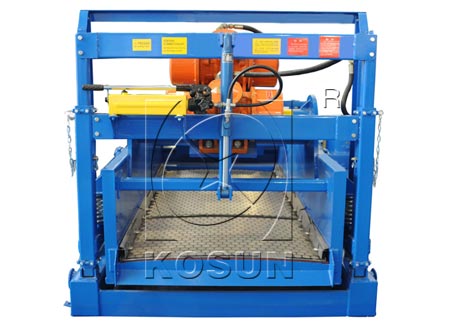Drilling mud is recycled throughout the drilling process. As it rises to the surface, it passes through screens that trap the materials from the borehole, before being cycled back into the system that delivers mud to the head of the drill bit. This recycling process is designed to cut down on waste by reusing as much mud as possible. Depending on the materials being drilled, several
shaker screens may be needed to trap the materials, and sometimes the materials themselves are also coated in mud, which means that they will have to be cleaned even after filtration.
Some environmental problems are associated with drilling mud. Historically, contaminated and dirty mud was dumped in open pits, allowing the natural environment to become polluted. Additionally, very aggressive chemicals sometimes used to clean materials brought up when filtration was not sufficient. These chemicals can pollute the environment as well, generating a variety of problems. Many companies that conduct drilling retain a compliance engineer who is responsible for monitoring the environmental impact of drilling activities, with the engineer ensuring that the company conforms with the laws and its own internal environmental standards. So the
solids control and
drilling waste management are very important.
KOSUN leads the industry in engineering
drilling fluids systems and additives that improve efficiencies, reduce costs and minimize environment impact in China. KOSUN is widely recognized by developing solutions for downhole problems, from the simple to the complex. KOSUN has been providing a complete line of
solids control equipment for the oilfield Industry and the environmental industry for over 20 years. And KOSUN can manufacture a full set of solids control in drilling. KOSUN can provide customers with several series as oil & gas drilling solids control equipment,
centrifuges,
drilling waste management equipment, etc.
